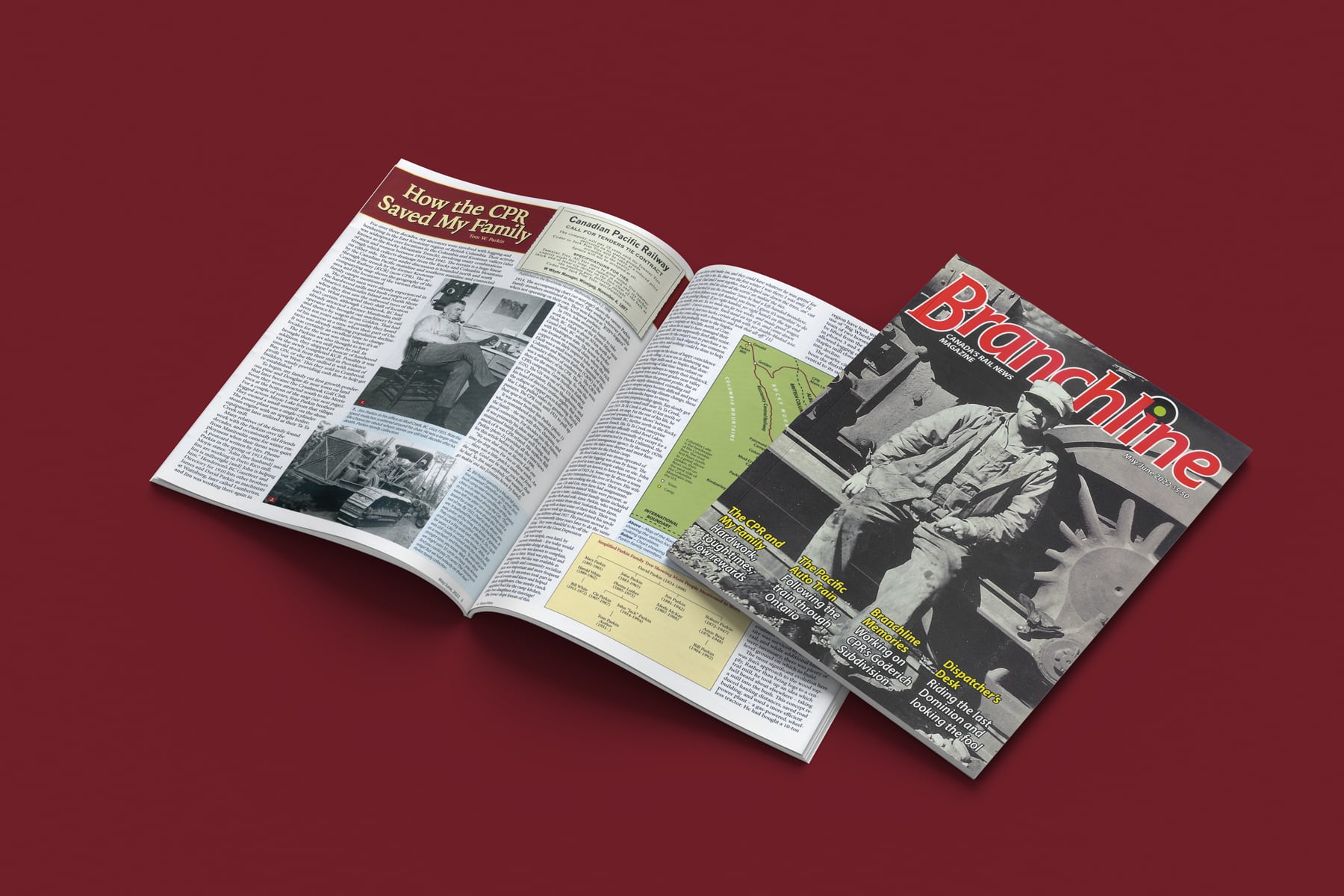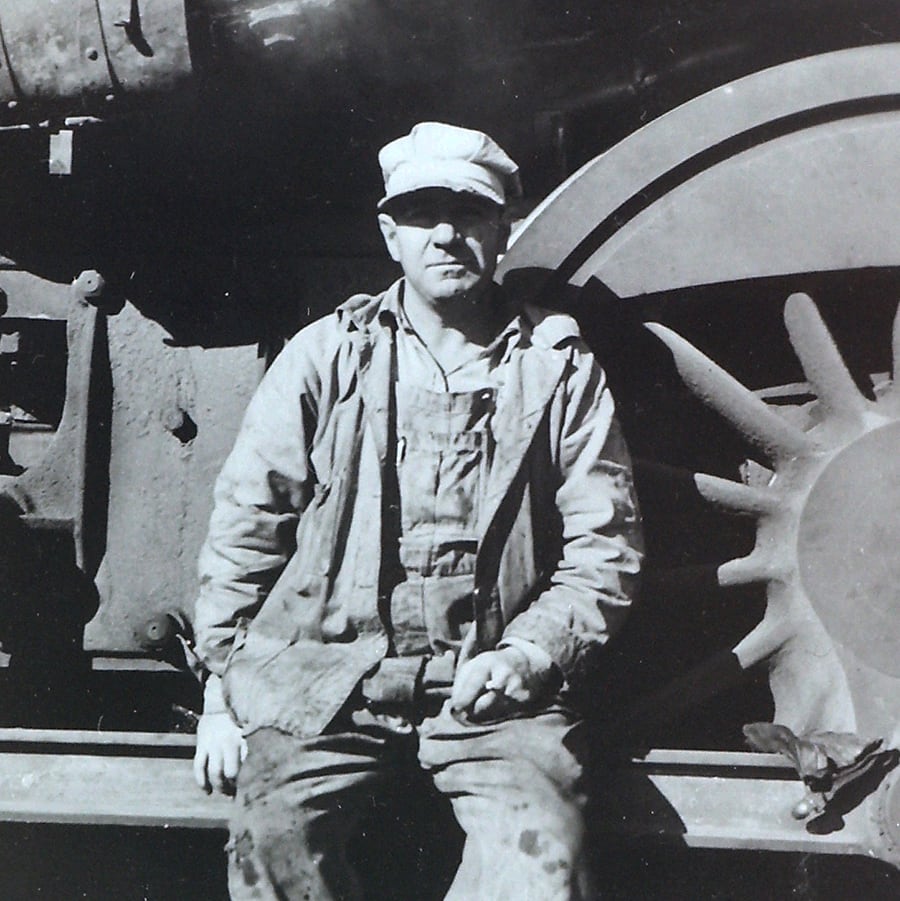How the CPR Saved My Family

From the Article
Most mills produced finished lumber that was carried out by the CPR, but a parallel market existed of seasonal workers who worked in bush mills producing railway ties, poles, and cordwood. Such small mills added strength to the economy in that a larger proportion of their cash flow was distributed as wages than was the case for other wood products. Smaller and nimbler, such bush mills were better able to survive on declining commodity prices and volumes.

When it first came through the region in 1914, the CPR bought most of its wood from contractors, but soon figured it could cut its own timber, cheaper. Particularly because their purchase of the charter for the BC Southern Railway included 20,000 acres of land for each mile of track constructed.
Much of this land consisted of Kootenay valleys packed with slopes of western red cedar, ponderosa and white pine, western larch, and Douglas-fir. With such a wealth of resources, and cheap labour available from increased immigration at that time, the CPR organized a Tie and Timber Branch from Calgary, within its Department of Natural Resources.
